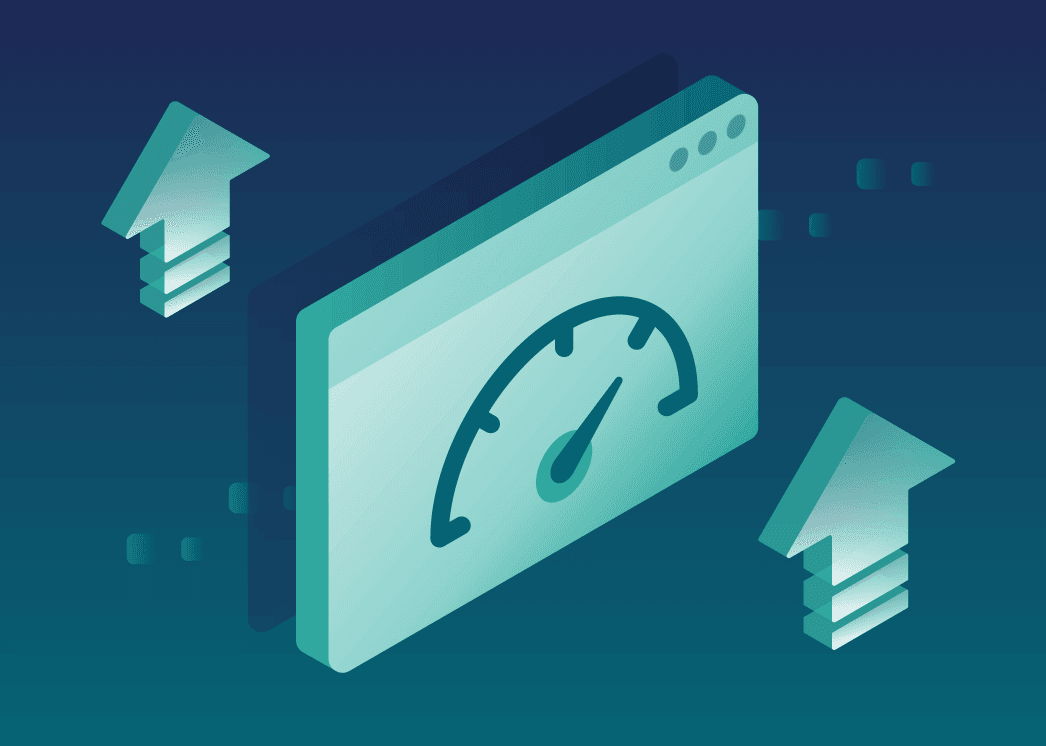Step 3: Plan Capacity and Prepare Your Hosting Upgrade
Once the basic optimizations are done, it’s time to look at the infrastructure. The goal: enough headroom without paying for an oversized package all year round.
A pragmatic approach:
- Identify peaks
Use your data to find the strongest days and hours of the last few months. That’s the basis for your planning benchmark. - Define your target state
Think about how much additional load you realistically want to generate with your next Black Week campaign or a new product launch. This is where your intention to increase website traffic deliberately comes into play. - Match capacity
Check whether your current plan can support those goals or whether you need more power – for example through a larger web hosting package, an upgrade to a VPS, or a root server with more headroom in the background. - Clarify the upgrade path
It’s important that switching plans doesn’t feel like a complete migration. A setup based on reliable web hosting makes later steps much easier.
If you plan first and then upgrade, you can grow your traffic without every peak turning into a firefighting mission.
Dress Rehearsal Before the Traffic Peak
Before things get serious, it’s worth doing a test run under tougher conditions:
- Simulate more concurrent requests to your homepage, category pages, and checkout, and observe how response times and error rates change.
- Run targeted performance tests on your site, for example by measuring repeatedly while a test group actively uses it.
- Use your traffic monitoring to catch spikes as they happen instead of discovering them later in a report.
If you push your infrastructure to its limits in this controlled way rather than in the middle of a live campaign, you can make structured improvements and, if necessary, add a hosting upgrade on top.
Costs & Strategy: Headroom Instead of Permanent Overkill
The key question is not “What’s the cheapest plan?” but rather: what’s the best mix of stability, effort, and cost over 12–24 months?
A plan that’s permanently undersized and hits its limits with every campaign leads to:
- abandoned carts and lost leads
- frustrated users
- additional support workload
A sensibly dimensioned solution has enough headroom for campaigns without blowing up your budget. If you’re unsure, you can first get a feel for things with a free test account before committing.
Black Week as a Lever
Black Week is the perfect occasion to combine performance improvements with price advantages:
- Scale up early
Plan your hosting upgrade before the campaigns, not in the middle of the rush. That way you go into the action with a system that has already seen load spikes in testing. - Think in terms of runtime
If a slightly larger plan can comfortably handle Black Week, Christmas, and additional campaigns, the move often pays for itself faster than expected. - Use the offers
In combination with the upcoming Black Week deals, you can secure additional performance at a significantly lower price – ideal if you already know you’ve got bigger plans for the coming year.
→ Here you can find the upcoming Black Week offers.

